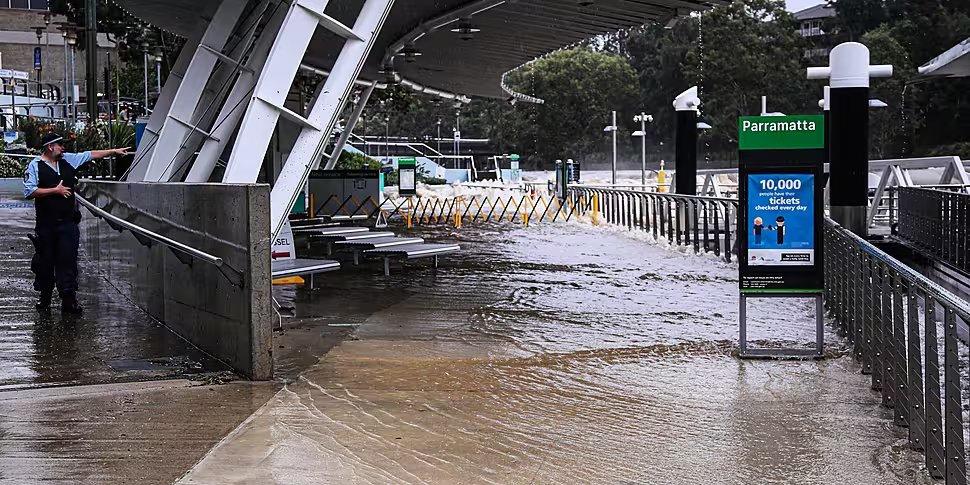Thousands of people in Sydney have fled their homes after Australia’s largest city was deluged by torrential rain.
41 evacuation orders have been issued in western Sydney so far and some 32,000 people have been evacuated to safer parts of New South Wales.
“Have an emergency kit ready to go but also have a radio with batteries so that you can listen and be able to get the up to date messages if the power does go out,” Carlene York, New South Wales’ Emergency Services Commissioner, advised.
“There’s a significant risk to power across a large number of these areas because of the risk of trees down and debris and flood waters flowing through these communities.”
Stay up to date with the latest #EvacuationOrders & #EvacuationWarnings at https://t.co/t578A4Mkg8 pic.twitter.com/mhtbolgXjL
— NSW SES (@NSWSES) July 3, 2022
The area is highly susceptible to flooding - in March 20 people died after torrential rain - and further evacuation orders are expected to be issued in the coming hours and days.
Minister for Emergency Services, Steph Cooke, said that already local officials had carried out 83 flood rescues in the past day and urged people to prioritise their safety:
“Don’t put your life at risk or the lives of your loved ones at risk and the lives at risk of our emergency services volunteers who are turning out in force,” she said.
“It was a long night last night. It’s been a very long day today, and tonight will be another long night for our emergency services workers and our volunteers.”
Our government is monitoring the NSW floods carefully and has already made ADF support available. If you live in an affected area, please follow the @NSWSES advice and make safe decisions. https://t.co/yuREYvf0f0
— Anthony Albanese (@AlboMP) July 3, 2022
Climate change to blame
Australia has seen extreme weather events increase in frequency in recent years; during 2019-2020 the country endured a summer of extreme wildfires and scientists say that climate change is responsible.
“Climate change is increasing the risks of heatwaves, bushfires, and high intensity rainfall,” Neil Plummer of the Monash Climate Change Communication Research Hub told the Guardian.
The issue featured prominently in this year’s Federal election and saw a number of so-called ‘Teal’ independent candidates oust Liberal MPs because of concern that the Government was not doing enough to reduce Australia's carbon emissions.
Main image: A flooded area of Sydney, March 2021. Picture by: Xinhua/Bai Xuefei









